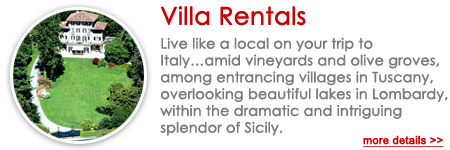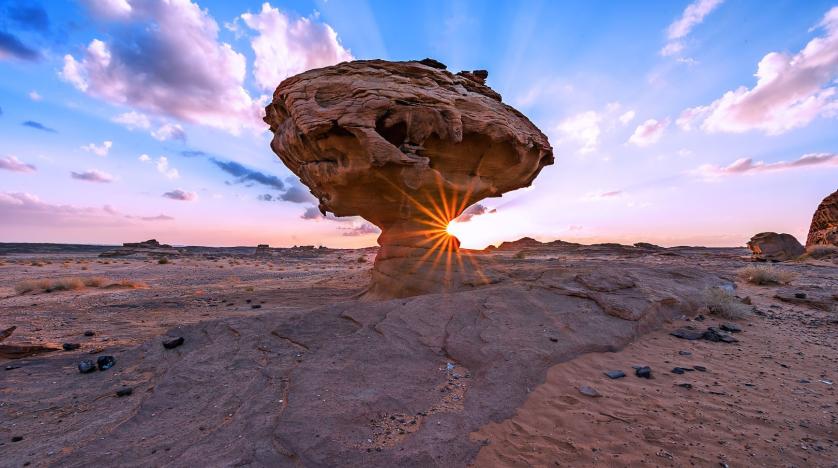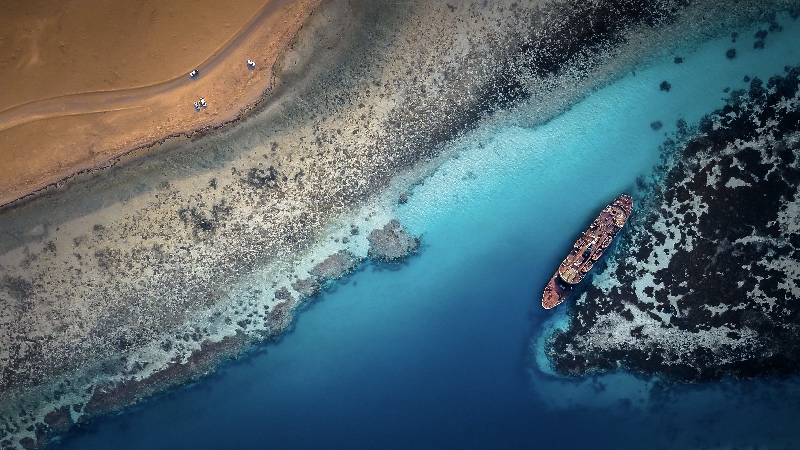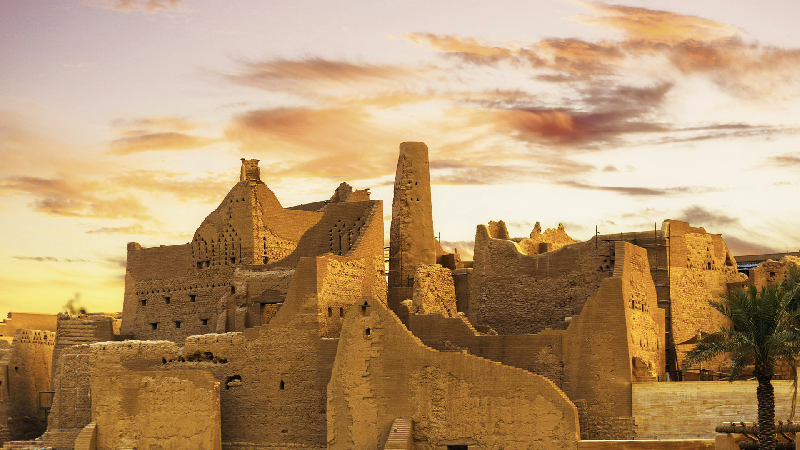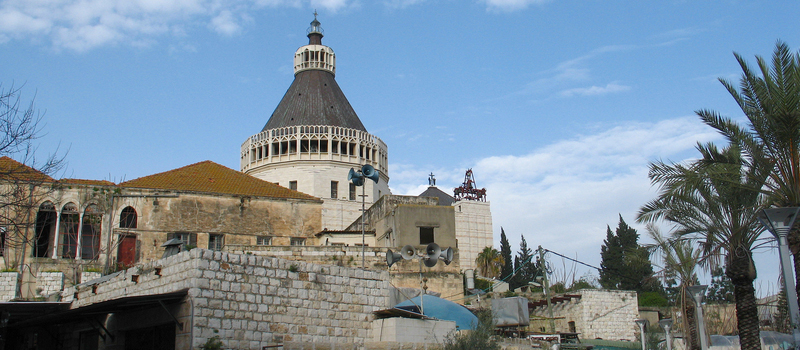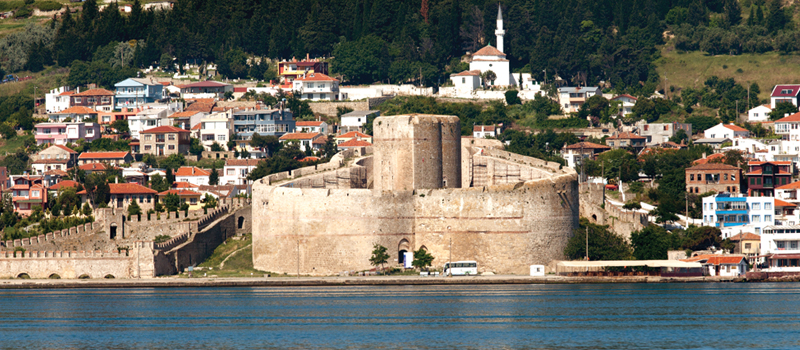What is the best time of the year to visit Saudi? That depends on personal preferences, of course, with each season providing different opportunities. Here is some information to guide you.
Spring
Spring in Saudi generally falls between two months: March and April. Temperatures rise to the mid-30s Celsius (mid-90s Fahrenheit) by the end of April. Northern, mountainous regions tend to be cooler. There is little to no rain during this time, in preparation for the upcoming hot and dry summer. Saudi schools close for two weeks around the Eid al-Fitr religious holiday, which occurs in late April of 2023. Ramadan, the holiest month, occurred in spring in 2022 and will also be in spring of 2023. Being a festival season in Saudi, spring leads families to search for activities at home or abroad. In Saudi, these include the Yanbu Flower Festival, which typically falls in mid-March and lasts for a month; the Riyadh International Book Fair; and the 14-day Al Janadriyah Festival—a cultural celebration with loads of activities.
Summer
Summer in Saudi falls between May and August, and is very hot and dry. Temperatures climb up to around 45 degrees Celsius (113 degrees Fahrenheit), with the mountainous, southwestern city of Abha considered to be the coolest place during summer days at 31 degrees Celsius (88 degrees Fahrenheit). Saudi schools close for their year-end holidays, typically from June to late August. This is a peak time for families to enjoy time off, either at home or abroad. Muharram, the Islamic New Year, falls during the summer and is the second holiest month after Ramadan. Indoor activities are popular during summer, as they feature air-conditioning. A light cardigan or jacket is recommended due to the cold air indoors. Snow City in Riyadh is Saudi’s first snow park, and features activities such as skiing and sledding. Many malls offer ice-skating. Heading to mountainous areas such as Abha, Taif, or Tabuk can also offer respite from the intense heat.
Autumn
Like spring, autumn is a shorter season, typically falling between September and October. The daytime temperature drops to around 26 degrees Celsius (79 degrees Fahrenheit) in October, and varies according to region. There are no school closings in Saudi during autumn, which means that weekends become a key time for families to enjoy leisure activities. Saudi National Day, which celebrates the unification of the kingdoms of Najd and Hijaz to form Saudi, is held on September 23. Celebrations include folk dances, songs, and traditional festivities—culminating in fireworks at the end of the day. The Saudi flag is flown on homes and its green color is featured everywhere on this day. Camping and trekking are popular autumn pursuits, and it is a great time to visit historical and archaeological sites such as Mada’in Saleh (Hegra) in AlUla, Al Hail and Hima for rock art, historic Jeddah, and the Al Ahsa Oasis.
Winter
Winter in Saudi typically falls between November and February. The average temperatures at this time are on average 20 degrees C (68 degrees F), but this varies according to region. January is the coldest month, but “cold” would be considered warm in many parts of the world. Rainfall tends to be at the highest levels during winter, with the central part of Saudi—including Riyadh—getting the most. Snowfall is rare and tends to only happen in the northern, mountainous areas. Saudi schools close for two weeks in January, so many families choose to take their holidays at this time. Winter is perfect for outdoor activities such as horseback riding, sand-boarding, and hiking at the Al Nafud and Rub Al Khali deserts.
So, you see, any time can be a great time to travel to Saudi!
Website Search
Search Tours
Find my Vacation
Call Us +0 (123) 456 78 90
Saudi seasons and best time to visit
Saudi
05-02-2023





.png)

 Multi Country
Multi Country  Italy
Italy  Spain
Spain  France
France  Greece
Greece  Portugal
Portugal  Croatia
Croatia  Malta
Malta 
 Saudi
Saudi  Egypt
Egypt  United Arab Emirates
United Arab Emirates  Israel
Israel  Jordan
Jordan  Oman
Oman  Eastern & Southern Africa
Eastern & Southern Africa 
 Argentina
Argentina  Bolivia
Bolivia  Brazil
Brazil  Chile
Chile  Colombia
Colombia  Costa Rica
Costa Rica  Ecuador & Galapagos Islands
Ecuador & Galapagos Islands  Panama
Panama  Peru
Peru  Guatemala
Guatemala 